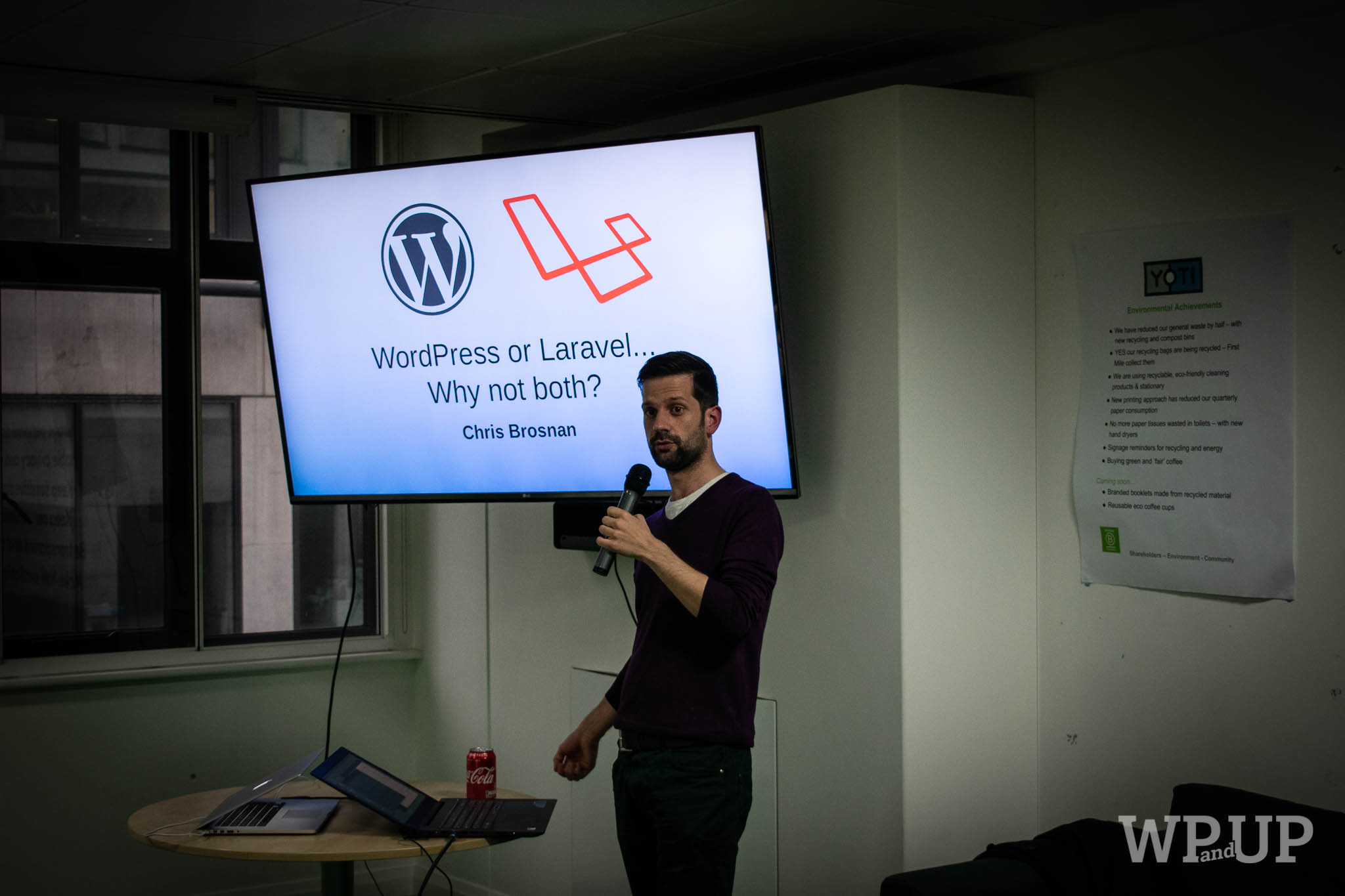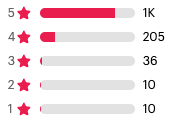Did you know that the internet is thought to produce about the same carbon emissions as the aviation industry? And if the internet was a country it would be the sixth biggest polluter in the world. Shocking isn’t it?
With nearly 35% of all websites being WordPress websites, as a community, we have a fantastic opportunity to play a role in reducing emissions and spreading awareness of the impact of our online habits.
In this talk, we’ll understand how to measure the carbon emissions of your website. We’ll look at techniques you can use to lessen your impact, whether you are responsible for their creation in some way as a developer, designer or content creator. Not only will these techniques help your green credentials, but you will also produce faster-loading sites that your visitors and search engines will love.











